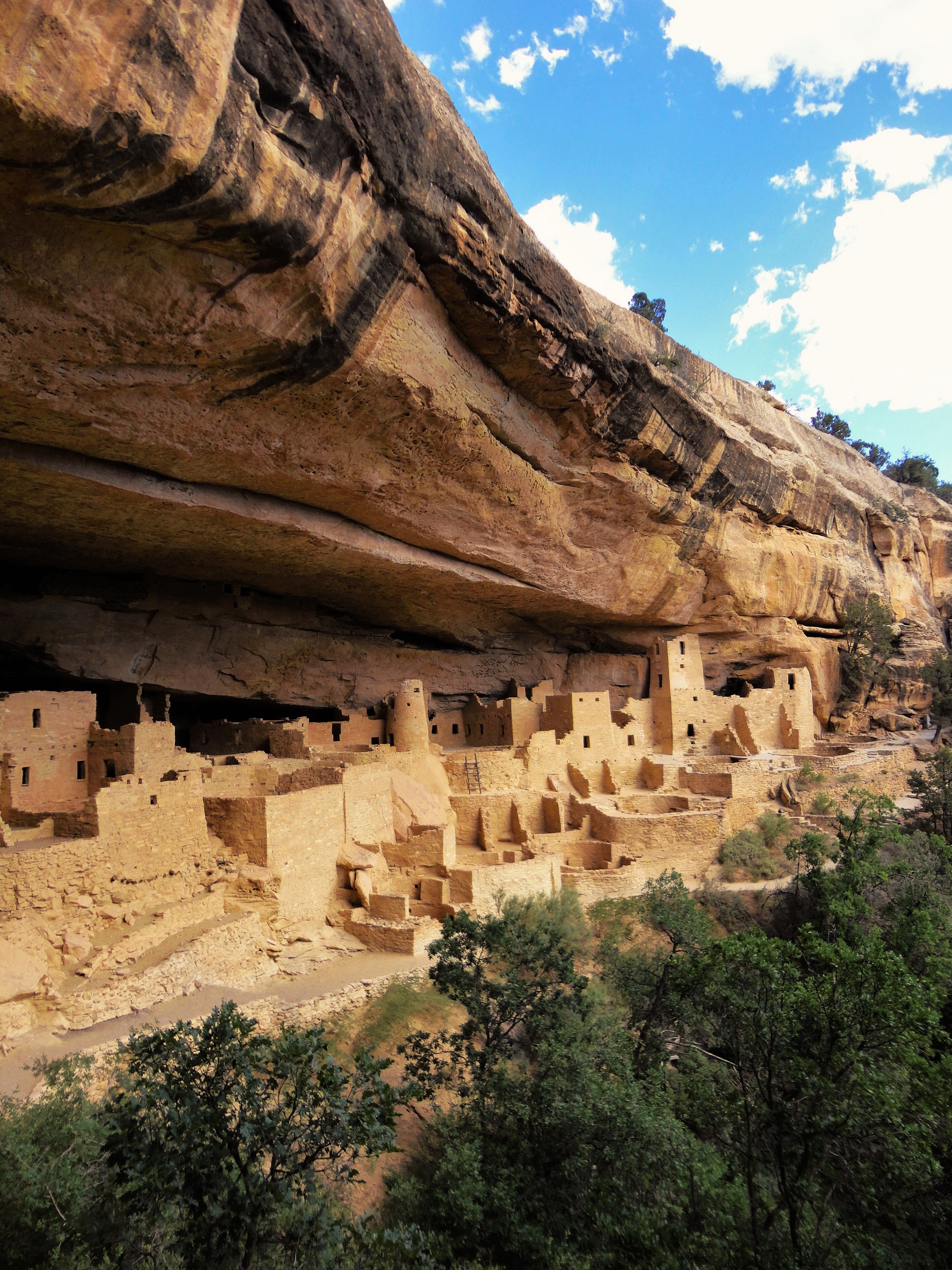Mesa Verde National Park, established in 1906, is located in southwestern Colorado, at an altitude of 2,600 m above sea level, protected by soaring cliffs.
In the national park, there is a mysterious site on the cliffs that attracted the attention of the world, especially the archaeology community, right after being discovered by two cattle herders on a cold winter day in 1888. While looking for lost cows, Richard Wetherill and Charlie Mason accidentally came to this area and what they saw made them extremely surprised. On the steep cliffs was a collapsed city, in which stood out a majestic palace.
This strange palace on the cliff has raised questions about a mysterious people living in villages on the steep cliffs. However, after many surveys and researches, archaeologists realized that this is the work of the ancestors of the Indiana Pueblo (also known as the Anasazi) in the South of the United States. They did not leave any written records or words, but only left the towering structure on the cliff for posterity.
It is known that this site covers an area of 210.7 km2with more than 600 houses built into the cliffs, protected by walls. These houses are scattered throughout Mesa Verde National Park. Some houses are even built with multiple stories and balconies.
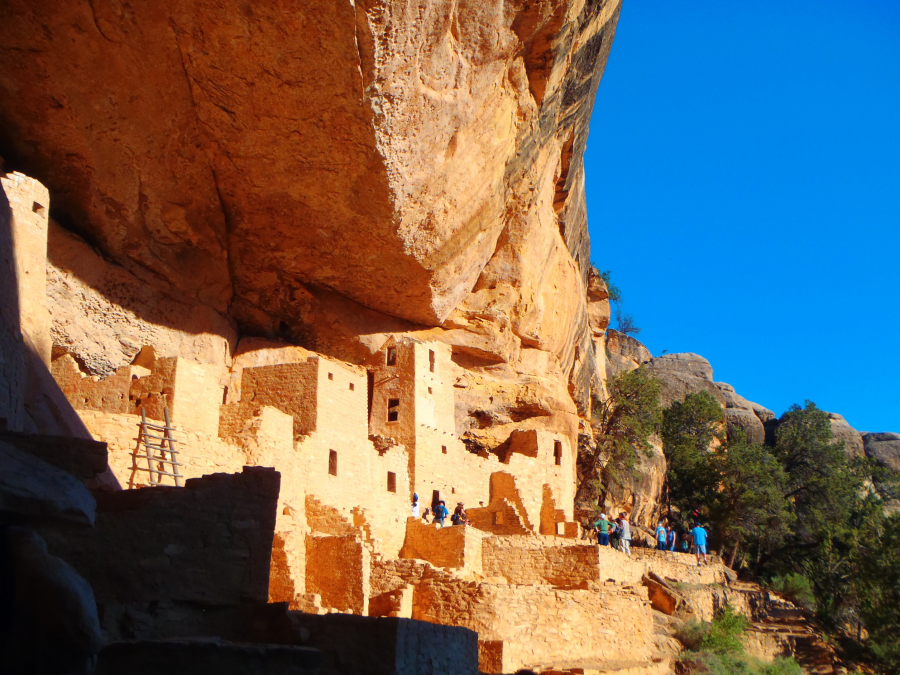
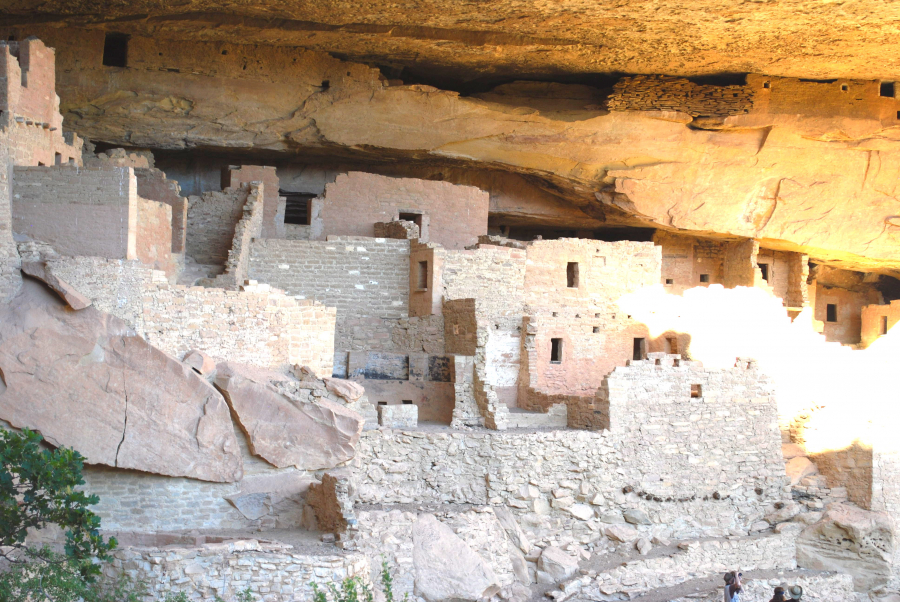
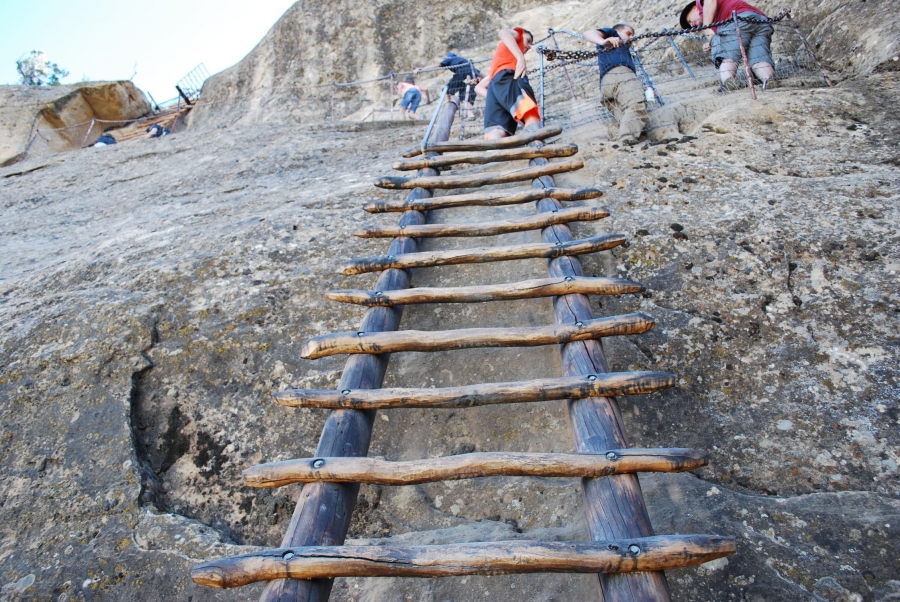
Records show that the Anasazi arrived in the area as early as 550 AD, building homes and farming in the mountains. Around 1150, they began moving into the canyons, building homes not far down in caves and under ledges jutting out along the cliffs. Most of the canyon houses were small, but some were large and could accommodate 250 people (about 150 rooms).
The Indiana Pueblo lived under a matriarchal system: women held the priestly power and headed the family; men took care of the farming. During excavations and research, archaeologists found artifacts inside the houses such as baskets, ceramics, beads and farming tools of the ancient Indiana Pueblo.

The climate in this area is semi-arid. Water for daily life and agriculture of the ancient Pueblo ancestors was provided by summer rains, winter snowfall and seepage into springs near the Mesa Verde villages. At elevations of about 2,100 m, the climate is cooler, ideal for agriculture, but low temperatures also reduce the amount of water needed for agriculture. The cliff dwellings are calculated to take advantage of solar energy. The angle of the sun in winter hits the cliff dwellings, warm winds blow from the valley with air temperatures of 10-20oC, so inside the canyon, warmer than outside. In summer, these cliff houses also help people avoid direct sunlight.
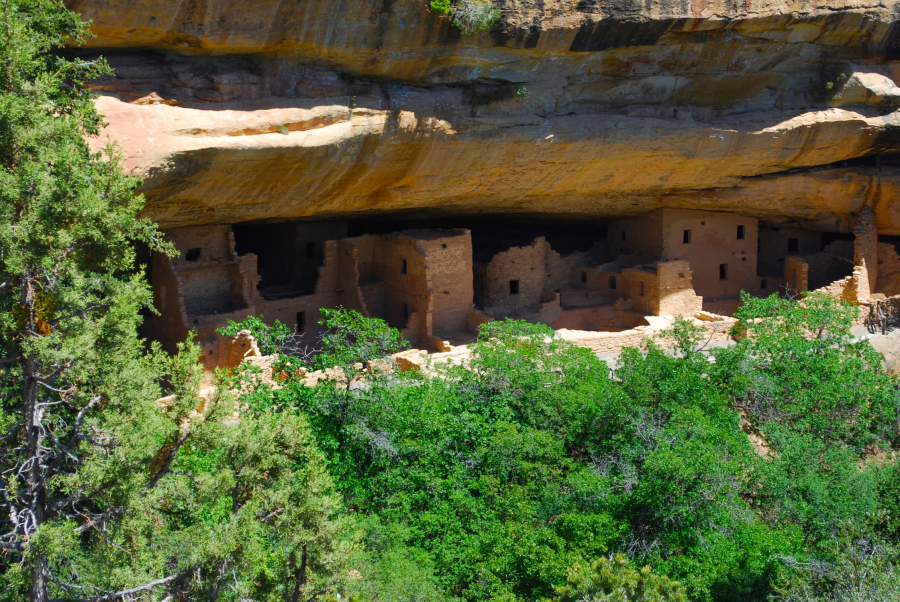
In 1300, a prolonged drought caused the collapse of the Pueblo civilization and the Mesa Verde area was abandoned. However, the area had long been uninhabited before that. The very small number of Puebloans who remained after the 10th century all retreated into the deep forests, leaving the Mesa Verde area in ruins.

Today, Mesa Verde is part of the National Park of the same name in the United States and is one of the most carefully preserved structures. Within the national park, archaeologists have found up to 4,400 archaeological sites, including houses, villages and cliffs. Mesa Verde National Park is recognized by UNESCO as a world cultural heritage because the landscape here is evidence of the development of an ancient Pueblo culture and history.





